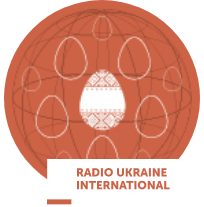"We expect real GDP to decline by 12% in 2015, with a stronger contraction during the first half of the year, followed by a slowing decline during the second half of the year due to the low statistical base (given the deep decline during the second half of 2014)," the bank said in its report. According to the report, the decline touches many sectors, especially the metal and mining sector which suffered from the conflict most of all. It is likely that the retail trade situation will worsen due to the large fall in the real income of population caused by the sharp increase in tariffs, large devaluation of the currency, and a decline in real wages. Also, problems in the banking sector are expected to continue, the World Bank's experts said. Combined with tighter liquidity in line with monetary policy objectives, this will imply a further contraction of credit during 2015 by 4%. On the external side, the positive impact of depreciation on exports will be undermined by conflict-related disruptions in major export industries and a decrease in the volume of trade with Russia. The World Bank also revised its GDP growth for 2016 to 1%, with inflation slowing to 12.2%. "Economic recovery is likely to set in later than initially projected and to be less pronounced," the report said. According to the report, GDP will increase by 2% in 2017 and 3% in 2018, while inflation will slow to 8% and 5% respectively. The bank said that the deficit of Ukraine's current account balance in 2015 will narrow to 1.1% of GDP, and it will be 1.4% of GDP in the next two years, while in 2018 it could grow to 1.6% of GDP. The World Bank expects that the country's state debt will grow from 70.3% of GDP to 93.5% of GDP with a gradual decrease to 81.1% of GDP in the next three years. Ukraine's gross foreign debt could expand to 156.7% of GDP in 2015, and it could decrease to 126.8% of GDP by 2018.
Останні новини
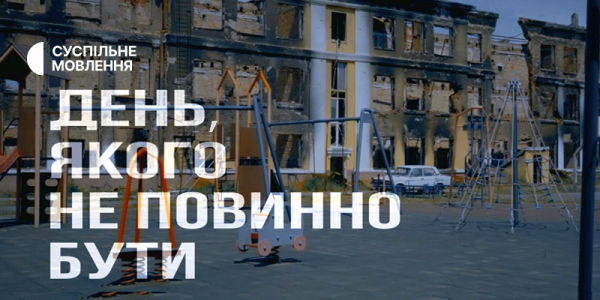
"День, якого не повинно бути" — поезія темних часів на Радіо Промінь

"Без Обмежень" новою піснею закликають берегти військових

Ukrainian Diary – digest of the most important news over the past week

Ukrainian Diary – digest of the most important news over the past week (audio)

Ukrainian Diary – digest of the most important news over the past week
Related News
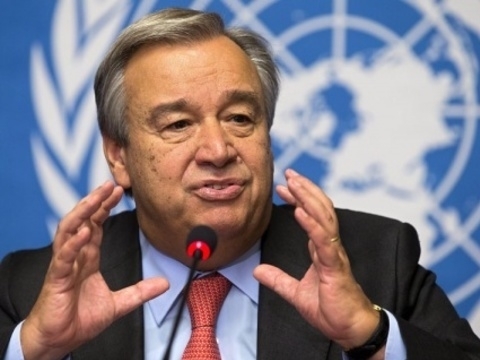
UN names Ukraine one of priority tasks
Freedom House assesses Ukraine as partially free country

IT sphere revenues in Ukraine increase by $ 3.5 billion over year
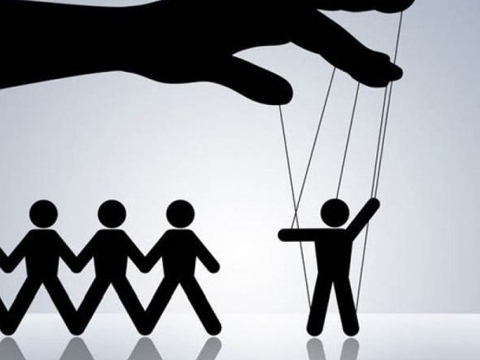
Misinformation campaign seriously weakened Ukraine
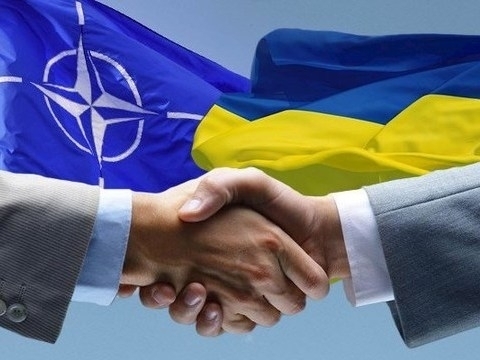
Experts evaluate Ukraine's chances of joining NATO



